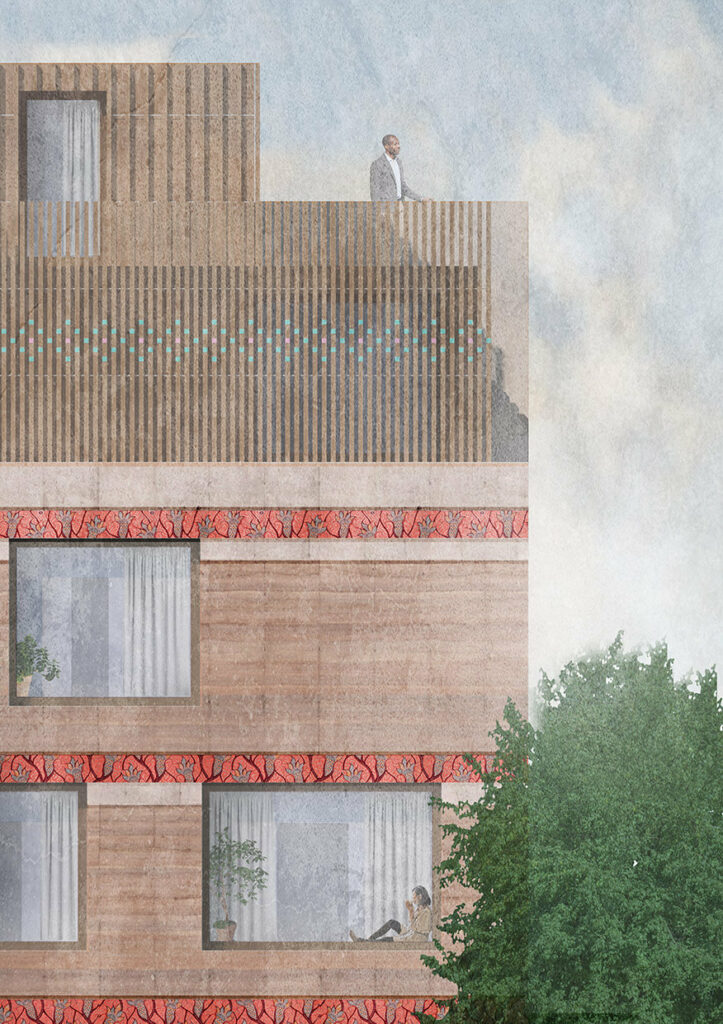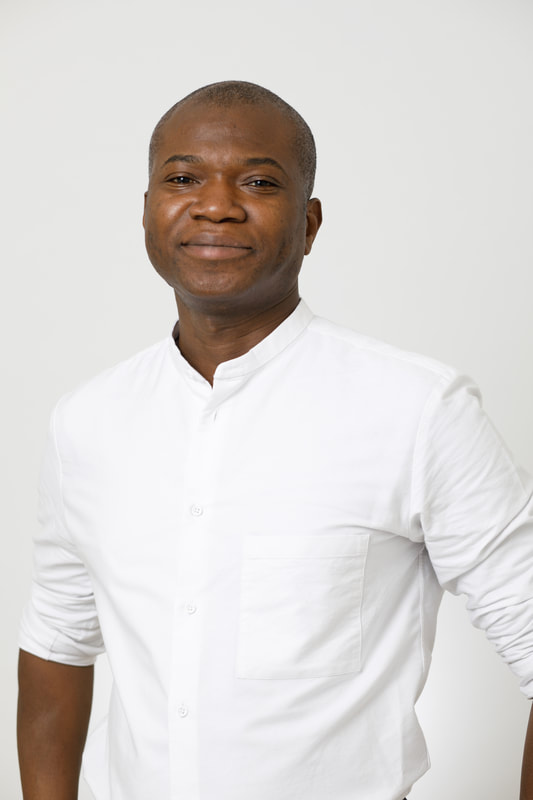Partner, ArchitectureDoingPlace
Mayor’s Design Advocate
I have consciously wanted to be an architect from the age of about 10. I attended a Bermondsey comprehensive, one street back from the river, from where I could see Richard Roger’s gleaming Lloyds building across the river, framed by historic bonded warehouses. It felt like both an inspiration and an aspiration.
My parents always valued advancement through education and always supported my siblings and I in our ambitions. I only realised on reflection that being an architect was an unusual expectation on the estate where I grew up. My parents didn’t attend university, but it was somehow expected that my siblings and I would. Therefore, we did.
However, I wasn’t as focused and conscientious at 18 as I could have been and didn’t get great A level results. The courses I could get on to were in construction. What I probably should have done was retake and reapply for architecture, but I was excited by the freedom of studying away from home.
On graduating from my Construction Management degree, I temped in housing teams as councils found it hard to recruit frontline staff on run-down estates. Also, I couldn’t get a job in construction. This rewarded me with unique experience in the tenure and management priorities of social landlords. Still intent on being an architect, I started a part-time foundation course at what is now London Met, where I was awarded the end of year prize for “Most Promising Student” by guest international judge, Toyo Ito.
Having already used my student loans for my construction degree, I found a part-time Part I course at South Bank University that allowed me to continue as a housing officer on the Loughborough Estate, Brixton, while studying one day a week. Incredibly hard going initially, I noticed at lunch the following year that Angell Town Estate next door was being demolished and redeveloped for Lambeth’s first council housing in decades. Unbeknown to me each of the 5 architects appointed on the Estate, were required to hire one person from an under-represented background with a connection to the area who was interested in studying architecture or a creative discipline. It was the first time my experience of housing felt meaningful. Asking the late Dora Boatemah MBE of the Angell Town Community Project how I could be involved, she pointed me to the 5 architects who all interviewed me and offered me a job. I accepted a traineeship from Burrell Foley Fischer, where I gained Part I, II & III, working part-time.
My experience into practice demonstrates the simple impact of a practice directly investing in access and support to the best of their means. The profession often focuses on lack of ‘supply’ rather than the lack of access which discourages supply.
This itself is a barrier. I know of young people who saw me working on Angell Town for BFF and who got the confidence to study architecture. Just as I saw Albert Williamson-Taylor as principal of our engineers on the project, AKT, giving me confidence that being a principal one day was possible.
The profession has internalized the idea that some groups are hard for us to reach, without also accepting the reality that it is an order of magnitude harder for aspiring architects from under-represented backgrounds to access practice and practitioners. Often behind closed doors, our practice works hard in the profession to unlock the immense productive capacity that exists from all possible backgrounds.
Project – Philpot Street
A commissioned proposal for London and the UK’s first Rammed-Earth Social Housing. The modest scope and scale made this unusually feasible for an estate infill condition. Our brief was to provide circa 3 units for 100% social rent on a constrained site of 72 sqm.

Philpot Street elevation. 
Philpot Street corner view.
Read more about this and ArchitectureDoingPlace on their website: www.architecturedoingplace.com

